Teacher Portal
Atomic Structure
Investigation 2
Investigation 2
Atomic Structure

Phase 1 – Defined Understanding
Student Guide
Download and Distribute
Access Teacher Guide
Student Guide with answers
Teacher PreLab
Prepare for the Experiment
Phase 2 – Dynamic Understanding
► Investigation Two Summary – Chemical Properties of Elements
In Investigation Two, you investigated the chemical properties of elements. You will also examine the Periodic Table of the Elements in greater depth. During this Investigation, you:
1. Observed the reactivity of four different elements in hydrochloric acid (HCl):
- Carbon
- Sulfur
- Magnesium
- Iron
► Investigation Two Summary – Learning Goals
Through these experiments, you concluded that:
1. Metals and nonmetals have different chemical properties from each other. For example, they react differently when combined with other substances. In our example, when we added metals to hydrochloric acid (HCl) the metals generated bubbles and heat as they dissolved. Alternatively, when nonmetals were added to hydrochloric acid (HCl), no visible chemical reaction took place.
2. An atom is the smallest particle of an element that still has all the properties of that element. Atoms are composed of three different types of subatomic particles. In the nucleus of the atom are the protons and the neutrons. Protons have a positive electrical charge while the neutrons have no electrical charge. Orbiting the nucleus are the atom’s electrons. They are small subatomic particles that carry a negative electrical charge.
3. An element’s atomic number is equivalent to the number of protons in its atoms’ nucleus and the number of electrons normally orbiting the nucleus. In addition, the number of neutrons likely to be found in its nucleus is equal to the element’s atomic mass minus its atomic number.
Concept Slides
Launch and Discuss
Mathematics Concepts in This Investigation
- comparing (non)measurable characteristics
- qualitative/quantitative properties
- grouping/classifying
- parts/whole
- positive/negative charges
- predict/verify results
- data table
- data analysis
